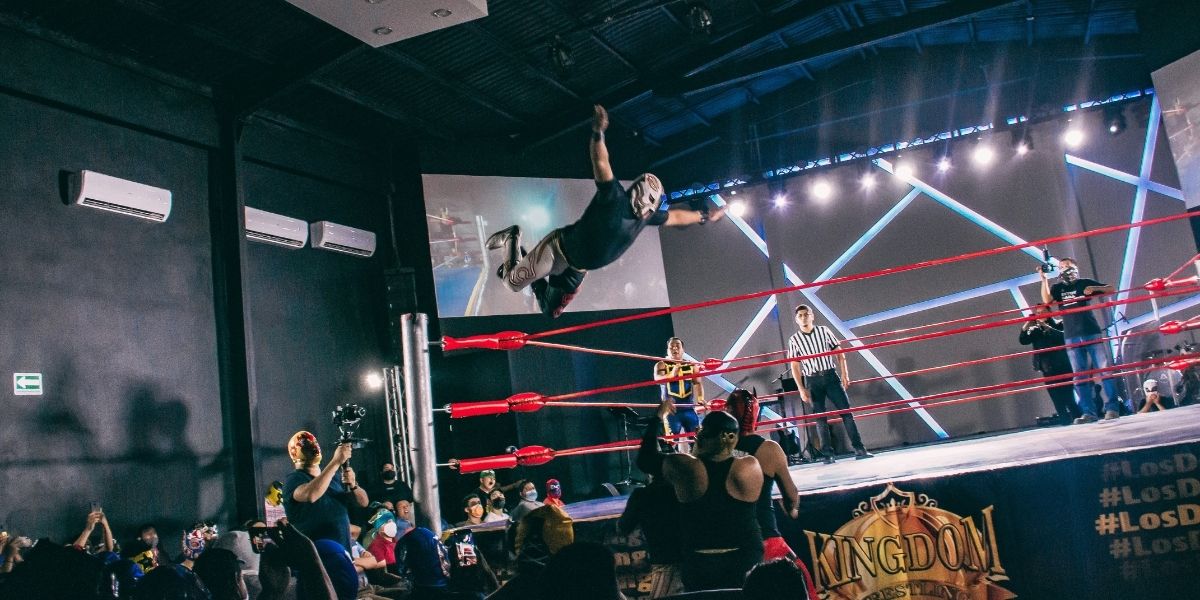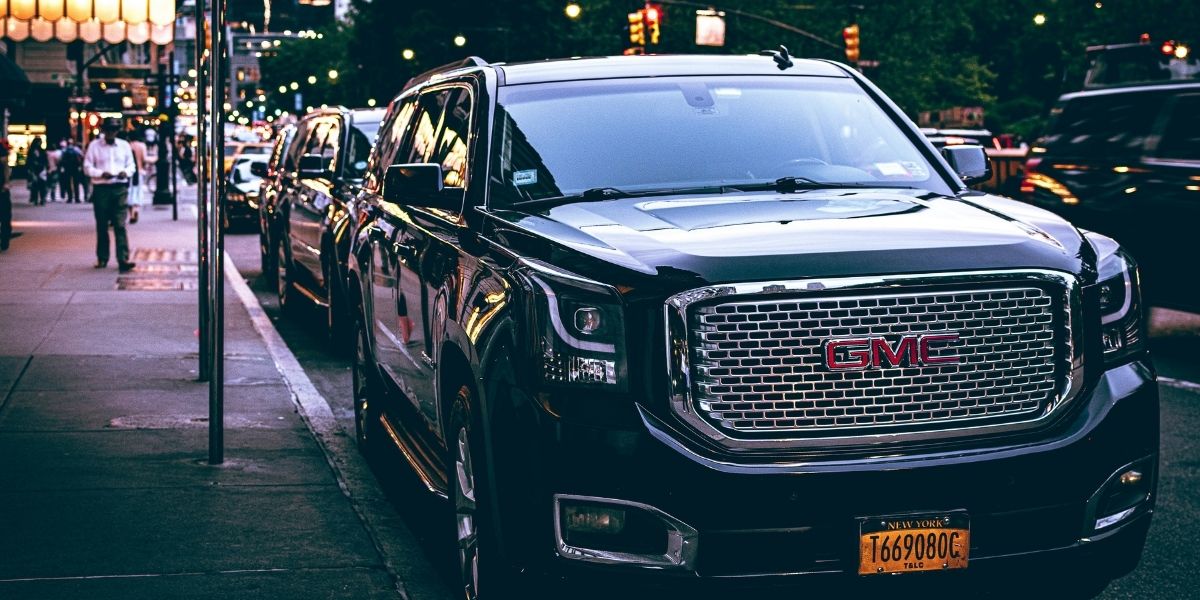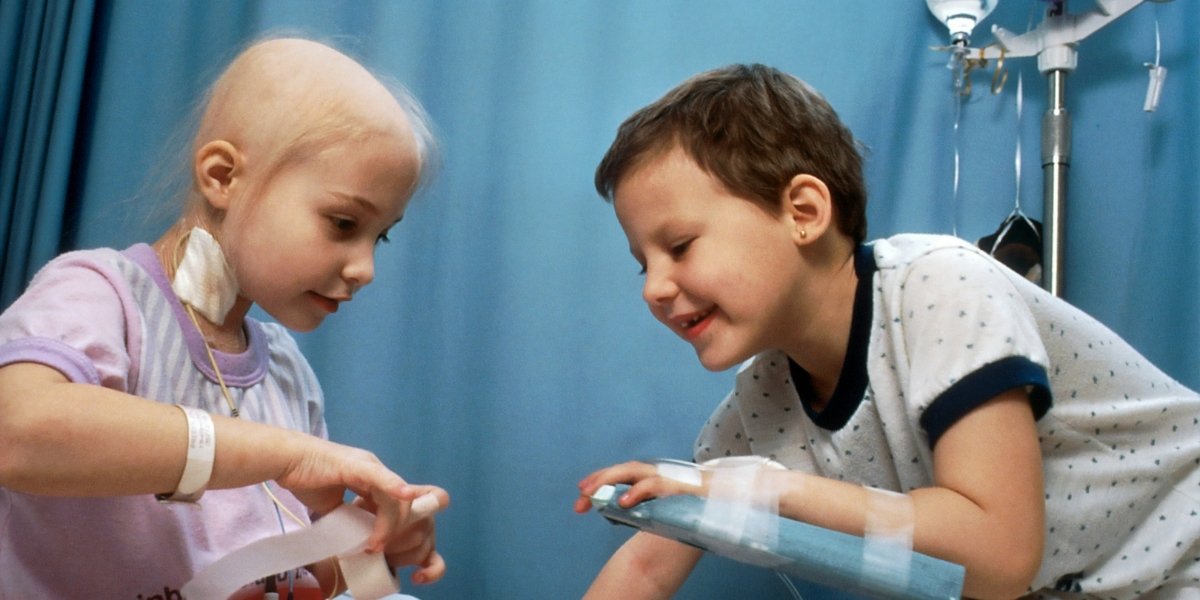New Year’s Eve is a time of celebration across the United States, filled with traditions that bring people together to welcome the arrival of a new year. From the iconic ball drop in Times Square to intimate family gatherings, Americans ring in the new year with a mix of excitement, reflection, and hope. With customs that range from big-city events to cozy celebrations at home, New Year’s Eve in the U.S. showcases the country’s diversity and shared sense of optimism. But what are some of the most popular traditions, and how do they vary from coast to coast?
How Did the Times Square Ball Drop Become an Iconic Tradition?
The Times Square ball drop is perhaps the most famous New Year’s Eve tradition in the United States, attracting millions of viewers both in person and via broadcast. This tradition dates back to 1907, when the first ball—made of iron and wood, and lit with 100 incandescent light bulbs—was lowered in New York City’s Times Square. It was initially designed as a unique way to signal the start of the new year, but over the decades, it has evolved into a symbol of celebration and unity.
Each year, as midnight approaches, a sparkling, illuminated ball descends a 77-foot pole atop One Times Square, marking the final seconds of the year. The ball has undergone several transformations, and today it’s a stunning display, featuring thousands of LED lights and Waterford Crystal triangles. The countdown in Times Square has become a unifying moment, with millions of people counting down together as they await the drop.
The tradition goes beyond the ball drop itself. The hours leading up to midnight are filled with musical performances, confetti showers, and the energy of the crowd braving the winter chill. The event is broadcast live, making it accessible to audiences around the world who tune in to be part of the excitement. For many Americans, watching the ball drop is a yearly ritual, even if it’s from the comfort of their own living room. The event symbolizes a fresh start, with a touch of magic that reminds everyone to look forward to new possibilities in the coming year.
What Are Common Family Traditions for New Year’s Eve?
While the ball drop in Times Square is an iconic public celebration, many Americans choose to celebrate New Year’s Eve in the warmth and comfort of their homes. Family gatherings are a popular way to mark the occasion, often involving a meal, games, and time to reflect on the past year. Many families create their own traditions, whether it’s cooking a special meal, watching favorite movies, or sharing resolutions for the new year. These gatherings provide a meaningful way to close out the year, surrounded by loved ones.
One common tradition among families is to share New Year’s resolutions, where each person expresses their goals or intentions for the year ahead. Some families take this further by writing down their resolutions and keeping them in a jar, revisiting them at the end of the next year to see how much they’ve accomplished. Another popular activity is creating vision boards together, where family members cut out images and words that represent their dreams and aspirations. This visual reminder helps keep people focused on their goals throughout the year, making the celebration of New Year’s Eve both fun and purposeful.
Food also plays a significant role in New Year’s Eve traditions. Certain dishes are believed to bring good luck, health, or prosperity in the new year. For instance, in some parts of the U.S., eating black-eyed peas and collard greens is thought to bring good fortune. Grapes, symbolizing each month of the year, are often eaten at midnight, a practice borrowed from Spanish tradition. These small but meaningful rituals add an element of hope and positivity, making New Year’s Eve a time of renewal and gratitude for families across America.
How Do Americans Celebrate New Year’s Eve in Different Regions?
While New Year’s Eve traditions vary widely, some regional customs reflect local culture and history, adding unique flair to the celebrations. In the South, for example, it’s common to eat Hoppin’ John (a dish made with black-eyed peas, rice, and pork) as a way to bring prosperity in the new year. The tradition of eating black-eyed peas for luck dates back to the Civil War and has since become a cherished custom in Southern states.
On the West Coast, cities like Los Angeles and San Francisco offer their own takes on the holiday, often with beachside celebrations, fireworks, and vibrant parties. In San Francisco, the Embarcadero waterfront hosts a spectacular fireworks show, allowing residents to gather near the water and welcome the new year with breathtaking views. California’s coastal cities also embrace a unique tradition known as the Polar Bear Plunge, where participants take a quick dip in the chilly ocean on New Year’s Day to start the year with courage and excitement.
In the Midwest, cities like Chicago offer a mix of outdoor and indoor celebrations, with events that reflect the region’s cold winter climate. Fireworks displays along the Chicago River and the Navy Pier bring families together, while many opt for indoor festivities at home or in cozy venues around the city. In the Midwest, staying indoors and enjoying a warm meal with family is a common tradition, with many gathering around a fireplace to keep the night warm and festive.
In New Orleans, New Year’s Eve combines with the city’s lively music scene, creating a celebration that’s as unique as its culture. The city’s Jackson Square holds a vibrant street party, featuring live music and fireworks. Here, New Year’s Eve is marked by a fleur-de-lis drop, a local twist on the ball drop that honors the city’s French heritage. The celebration embodies New Orleans’ spirit, with jazz music filling the streets and people dancing well past midnight.
From the iconic ball drop in Times Square to intimate family gatherings and regional festivities, New Year’s Eve in America is a diverse and spirited celebration. Each tradition, whether grand or simple, contributes to the collective excitement of starting a new year filled with hope and possibilities. No matter where or how Americans celebrate, the heart of the holiday is about togetherness, gratitude, and the joy of welcoming a fresh start. As the clock strikes midnight, people across the U.S. share a common wish for health, happiness, and prosperity, making New Year’s Eve a cherished occasion for all.








